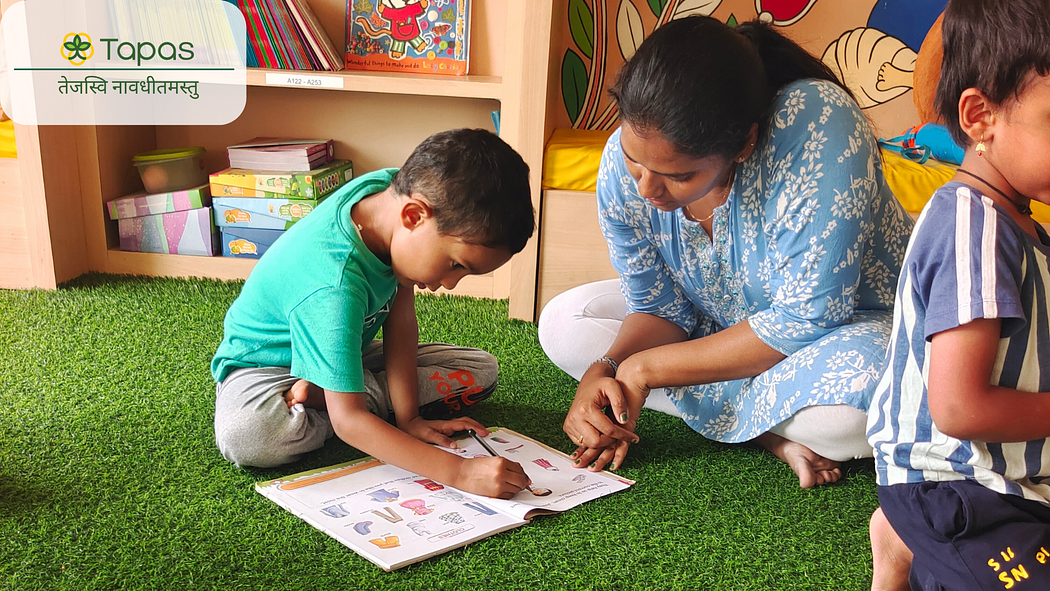From Pre-K to Future-Ready: Project-Based Learning for Life
In today’s rapidly changing world, traditional rote methods no longer suffice. As educators and parents, we need future-ready education methods for young learners to equip children with adaptability, problem solving, and real-world thinking. One of the most powerful ways to do this is through project-based learning in Indian education system — especially when started young, from Pre-K onwards.
What Is Project-Based Learning?
Project-based learning (PBL) shifts the classroom from passive absorption to active creation. Instead of memorizing facts, children engage in inquiry, experimentation, and presentation. They research, build, test, and present their work. This transforms learning into meaningful, hands-on exploration.
For young learners, PBL builds curiosity, autonomy, and confidence. It lays the foundation for deeper learning, where students understand why as much as what.

The Role of Hands-On Learning for Kids India
Especially in India, where exam-oriented culture dominates, hands-on learning for kids India is a powerful differentiator. By allowing children to manipulate, create, experiment, and iterate, hands-on approaches:
- Increase retention and understanding
- Support concept transfer to real life
- Connect abstract ideas with lived experience
- Encourage risk taking, trial, error, and resilience
For example, a simple project on “water conservation” might evolve into building a model rainwater harvesting system, taking field visits to observe local practices, and then presenting a community awareness campaign. This blends science, social studies, design thinking, and communication skills.
Project-Based Learning in the Indian Education System
India’s NEP 2020 encourages experiential, inquiry-based learning — an ideal environment for integrating project-based learning in Indian education system. Schools can shift away from memorization, and instead empower students to question, create, and solve.
In the Indian context, PBL can address varied constraints — large class sizes, diverse backgrounds, resource limitations — by leveraging what’s around us: local stories, environment, community issues, daily life examples. This contextualization makes learning relevant and powerful.
By embedding PBL at all levels — from Pre-K through middle years — students can gradually build confidence in ownership of their learning journey.
Future-Ready Education Methods for Young Learners
What does “future ready” look like? It implies preparing children for growth, change, and unknown challenges ahead. Some examples:
- Sustainability projects: planting green zones in school or tracking local biodiversity
- Simple tech builds: coding games, designing sensors or prototypes
- Community action: waste management drives, awareness campaigns
- Interdisciplinary challenges: combining art, science, mathematics, storytelling
Through these, children not only gain content knowledge, but cultivate critical thinking, collaboration, adaptability, and creativity — key skills for future life and work.
How Schools & Parents Can Enable This
- Schools can adopt PBL frameworks, train teachers as facilitators (not mere lecturers), and integrate cross-disciplinary projects into curriculum
- Parents can encourage curiosity at home, provide low-cost materials, ask open questions, and allow space for exploration
- Partnerships: Schools can partner with local organizations, community groups, and experts to root projects in real contexts
Conclusion
Project-based learning is not just a pedagogical trend — it’s a mindset shift. When embraced from Pre-K to higher levels, it becomes woven into a child’s learning journey. By integrating hands-on learning for kids in India and applying future-ready education methods for young learners, we can transform traditional schooling into vibrant, meaningful, empowering experiences.
Tapas Education is committed to this vision — designing learning experiences that are joyful, purposeful, and rooted in real life. If you’d like to see how we bring this to life, explore more on our learning methods or reach out to us.
Comments
Post a Comment